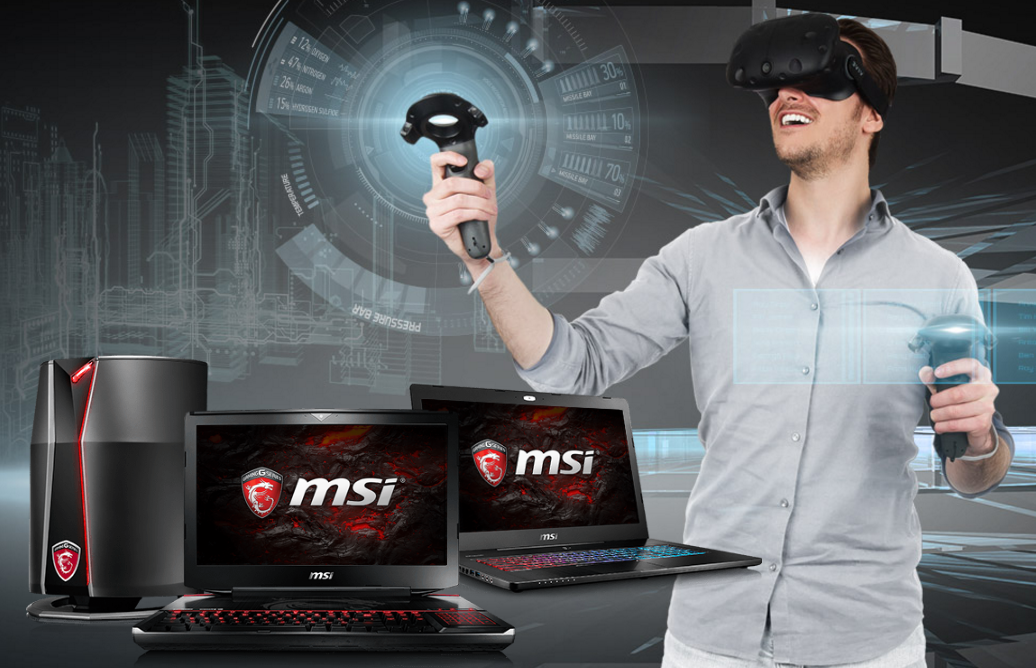Samsung’s own HoloLens VR headset scheduled for MWC 2017

Virtual reality might have taken decades to finally reach momentum, but the faithful behind the technology are about to see their hopes rewarded, as tech manufacturers begin a slow but steady “arms race” towards dominance of VR for consumers and high-end gamers.
Microsoft has set the stage last year with HoloLens, an experimental VR headset which, unlike other devices within the same category, it works completely untethered from any PC, thanks to it’s own integrated logic board, powered by Windows 10. So far, tethered devices like Oculus Rift require powerful computers to work, such as MSI VR-ready gaming laptops.
Samsung had been tinkering with VR, but so far, the only products that have reached consumers, use a combination of digital headset interface, with a Samsung Galaxy smartphone as the main processor and display.
Word has it that this is about to change, as Samsung is allegedly planning a break into fully untethered VR by 2017.
Samsung Electronics VP Sung-Hoon Hong has gone on record, saying that the company is indeed working on two headsets, one meant for immersive VR, and another capable of augmented reality overlays, in the same fashion as Microsoft HoloLens.
The big unveiling could happen next year, at the 2017 Mobile World Conference, in February, and there is a strong chance that the new headsets will “...build upon Microsoft HoloLens and Magic Leap...” according to Sung-Hoon, whom, despite Magic Leap’s recent setbacks, he seems optimistic that VR will be the next big market to conquer, especially with Microsoft betting on developers to help Redmond push the technology further than it has ever been.
Virtual reality has always had a hard time getting through the regular user, mostly because of the huge cost associated with the necessary hardware, which, up until few years ago, was simply not feasible for the technology to translate into anything marketable.
Finally, with the development of amazingly powerful GPUs from Nvidia, AMD and even Intel, the game has changed, and being VR-ready is somewhat more affordable than it used to be.
Building an untethered headset is still a challenge,however, because this means to build a complete, high-end VR system, into a single headset. When it comes to composite a VR field of view, the resolution required for each lens, should be good enough to render a scene without jagged edges or artifacts, which brings the minimum specs to at least 1080p resolution at 60Hz, times two.
Fortunately, Samsung is indeed a pioneer when it comes to building chipsets powerful and small enough for high-performance computing, by which token, it’s perfectly reasonable to suggest that every component in both upcoming VR headsets will be manufactured by Samsung itself.
With regard to Augmented reality, there are four levels currently being studied: the first level is a mere virtual representation of an object, with no significant interaction, other than visual information and feedback, such as the virtual map on a GPS application like Google Maps.
The second level entails “virtual to real interaction”, which is what happens in games, like PokeMon Go, in which virtual characters interact with the viewer through the screen.
Samsung’s goal is to achieve level 3 and perhaps 4, where realistic lighting and shadows can bring virtual objects to life, as if they were really in front of the viewer. HoloLens, is the only headset capable of that level of realism, so far.
Ready to shop?
Looking for the most powerful laptops for work and play? PortableOne is where you can buy MSI’s C, G, Prestige and Workstation Series laptops built to perform from your office desk to the most competitive gaming party!.